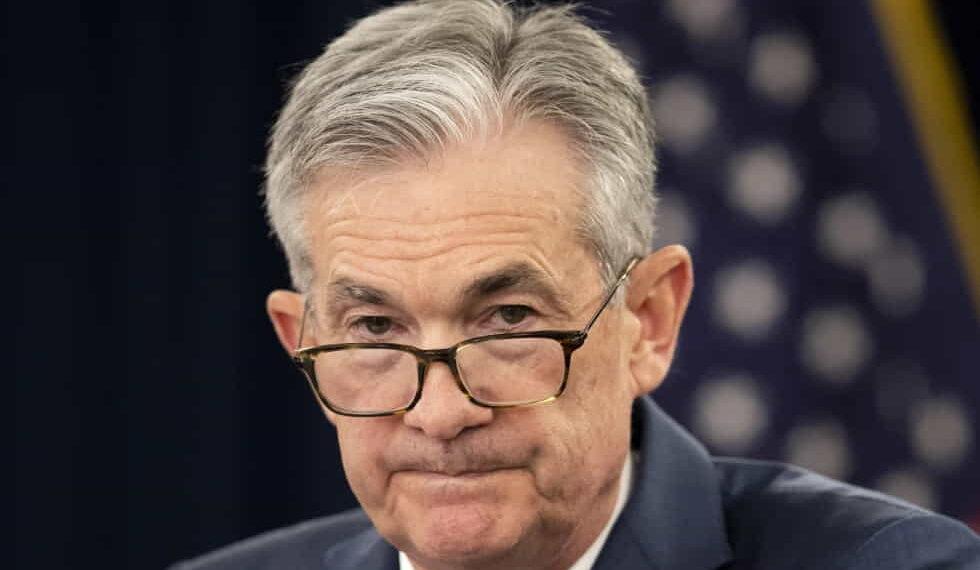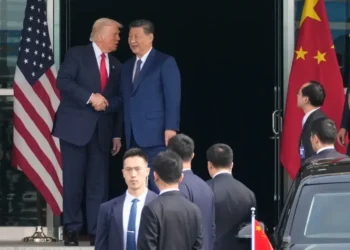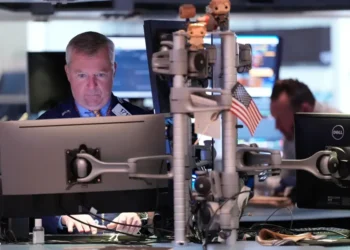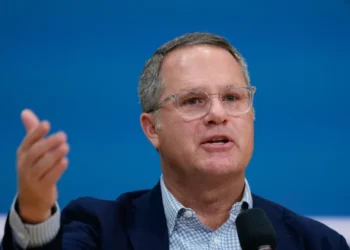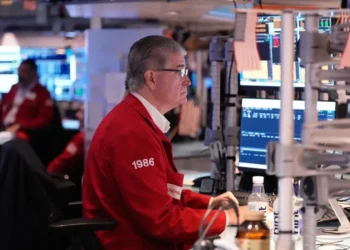Why Are Interest Rates Rising When the Fed is Cutting Them?
Recent market movements have raised questions about the relationship between the Federal Reserve’s actions and rising interest rates. The yield on the 10-year Treasury bond recently surged above 4.80%, marking its highest level since 2023. This sudden rise in bond yields has rattled Wall Street, causing stock indexes to slide from their record highs.
On the surface, this might seem paradoxical. The Federal Reserve has cut interest rates three times since September, aiming to provide relief to the economy. Yet, the bond market is behaving in a way that doesn’t seem to align with these cuts. So why is this happening?
The Bond Market Focuses on the Future
While the Fed’s actions influence short-term interest rates, the bond market is more focused on what’s coming next—particularly inflation and economic growth. Investors are concerned that inflation may not be under control and that the economy might not need further rate cuts. This uncertainty is causing bond yields to rise, which is in turn putting pressure on the stock market.
The Fed’s Role and Limitations
Since September, the Federal Reserve has lowered its key interest rate by a full percentage point. The goal is to provide some breathing room to the economy after the Fed had previously raised rates to a two-decade high to combat inflation. However, the Fed primarily controls short-term rates, such as the federal funds rate, which dictates what banks charge each other for overnight loans.
The 10-year Treasury yield, which has the most direct impact on long-term interest rates, is driven largely by investors. While the Fed’s rate decisions are important, investors also consider factors like inflation expectations and future economic performance.
Rising Yields Despite Fed Rate Cuts
Interestingly, the 10-year Treasury yield began to climb in September, just as the Fed started to cut interest rates. The yield rose from 3.65% to over 4.80%, even as the Fed was reducing short-term rates. This rise was driven by growing expectations for both inflation and economic growth, fueled by better-than-expected economic reports. Inflation proved to be more persistent than anticipated, though recent data offered some optimism and helped Treasury yields retract slightly.
A Historical Parallel
A similar situation unfolded in late 2018, but in the opposite direction. At that time, the Fed had been raising interest rates, causing the 10-year Treasury yield to rise. However, by the end of 2018, the 10-year yield began to decline, even as the Fed continued to hike the federal funds rate. Investors correctly predicted that the Fed would eventually pause rate increases to avoid excessive strain on the economy.
The Trump Factor
During President Donald Trump’s election, his policies also impacted interest rates. His proposed tariffs on imports raised inflation concerns, while tax cuts added pressure on the U.S. government’s debt. As a result, investors demanded higher interest rates to offset the increased risk posed by Trump’s economic policies.
The Fed’s Revised Outlook for 2025
Looking ahead, the Federal Reserve’s plans are causing uncertainty. Originally, the Fed projected that it would cut interest rates four times in 2025. However, it has since revised its forecast, suggesting that only two cuts may be possible. Market traders are now speculating that there may be no rate cuts at all in 2025.
Despite recent positive inflation data, Wall Street remains cautious. “It will likely take several months of slowing inflation before the Fed—and the market—start thinking about another rate cut,” said Gary Schlossberg, market strategist at Wells Fargo Investment Institute.
Conclusion
While the Fed’s actions to lower interest rates aim to ease economic pressures, the bond market is signaling concern about inflation and economic growth, driving up long-term interest rates. This disconnect highlights the complexity of economic forecasting and the different factors influencing both the Fed and investors. For now, the uncertainty in the market suggests that investors will continue to closely monitor inflation trends and the Fed’s next moves.
This article was rewritten by JournosNews.com based on verified reporting from trusted sources. The content has been independently reviewed, fact-checked, and edited for accuracy, neutrality, tone, and global readability in accordance with Google News and AdSense standards.
All opinions, quotes, or statements from contributors, experts, or sourced organizations do not necessarily reflect the views of JournosNews.com. JournosNews.com maintains full editorial independence from any external funders, sponsors, or organizations.
Stay informed with JournosNews.com — your trusted source for verified global reporting and in-depth analysis. Follow us on Google News, BlueSky, and X for real-time updates.
